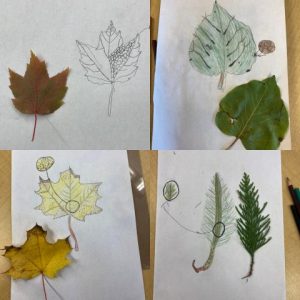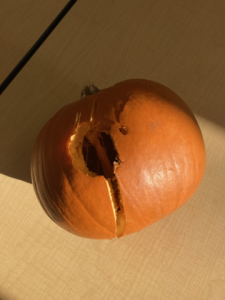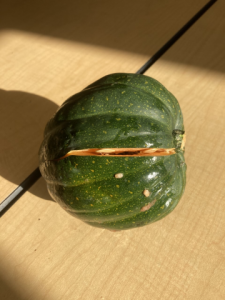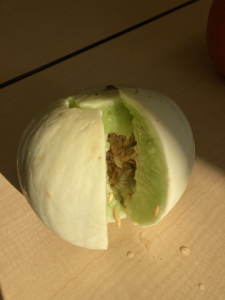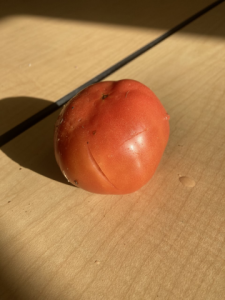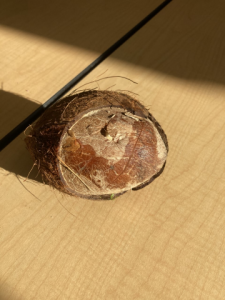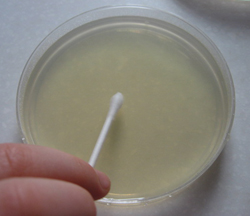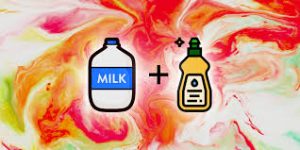
It has been a busy, educational, messy, and fun month of ‘spooky Science’! Our final experiment involved mixing milk, food colouring, and then adding a drop of dish soap. We noticed the food colouring ‘spread out’ and ‘was repelled by’ the soap, and it made interesting tie-dye patterns on top of the milk!
If you want to try this at home (with parent/guardian permission), you will need:
-a small bowl or plate
-milk (whole milk works best)
-food colouring
-dish soap
- Carefully pour some milk into the bowl. You want layer that is a few millimeters thick.
- Add your food colouring, carefully ‘dropping’ it on top of the milk. Try using different colours.
- Do NOT mix the milk and food colouring!
- Then, dip a q-tip into the dish soap.
- Touch the q-tip to the surface of the milk/food colouring mixture.
- Watch what happens next!
Check out this Scientist who did a LARGE version of this experiment in a pool!

